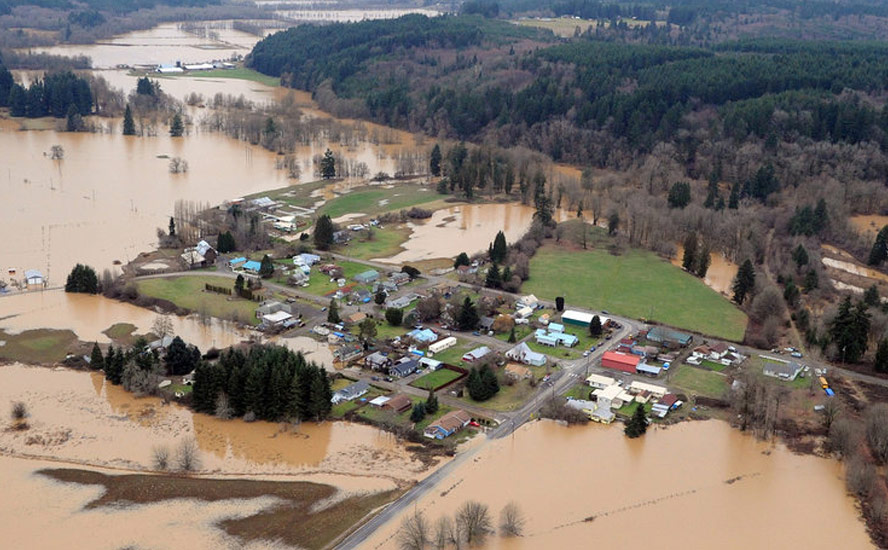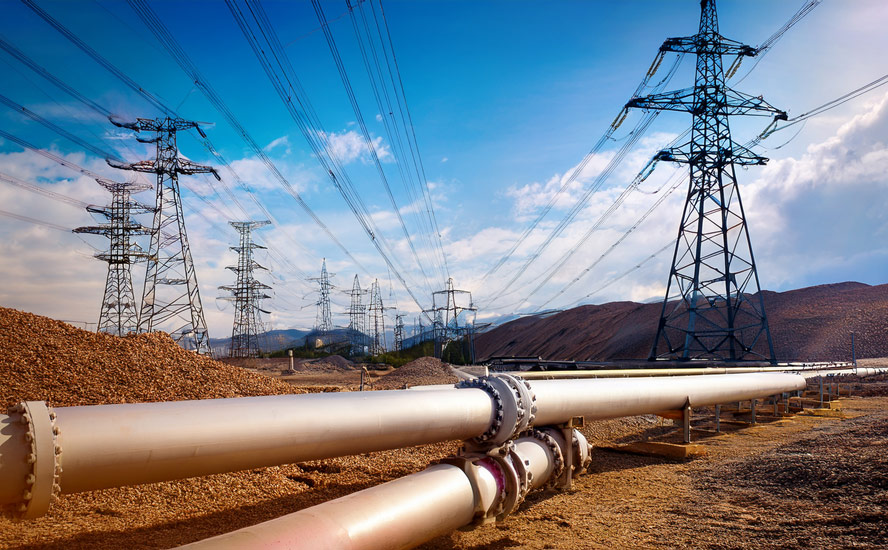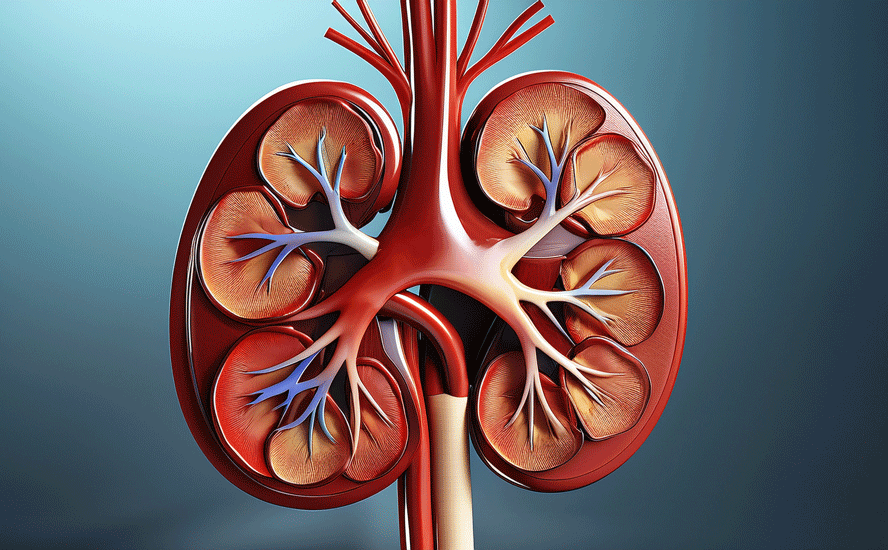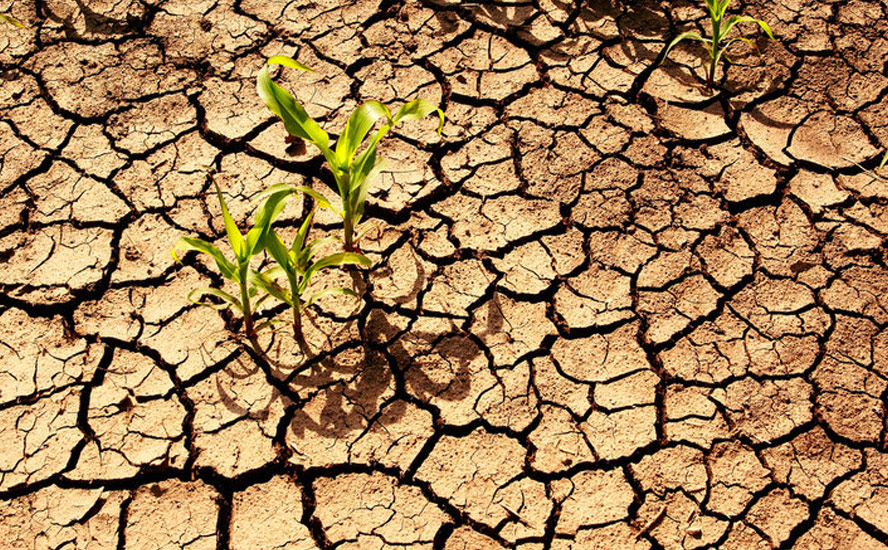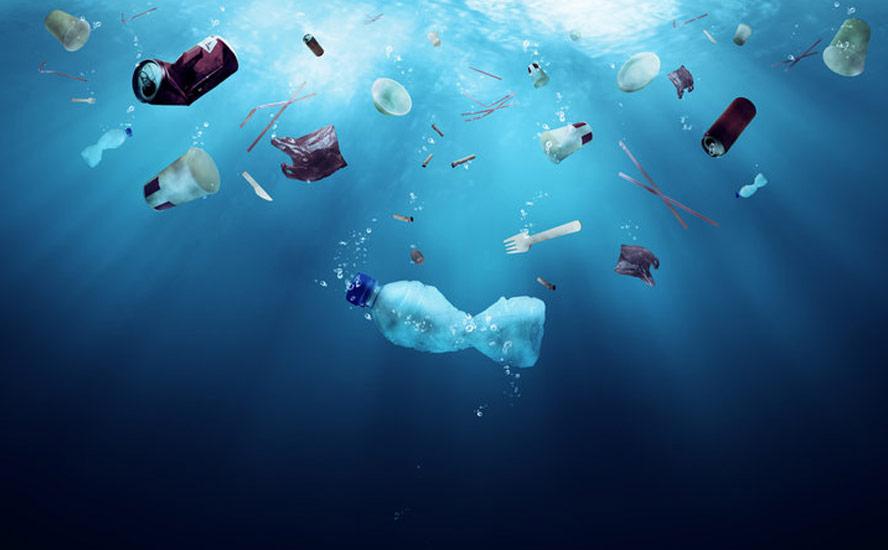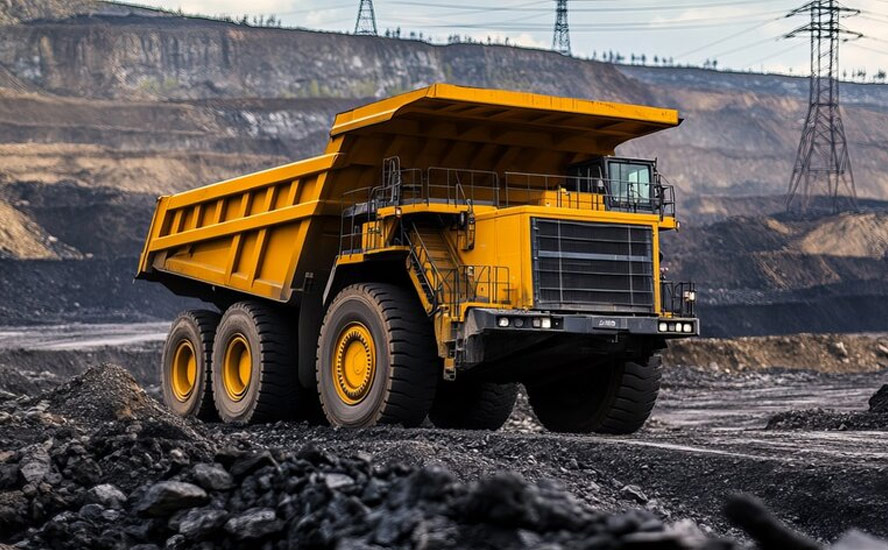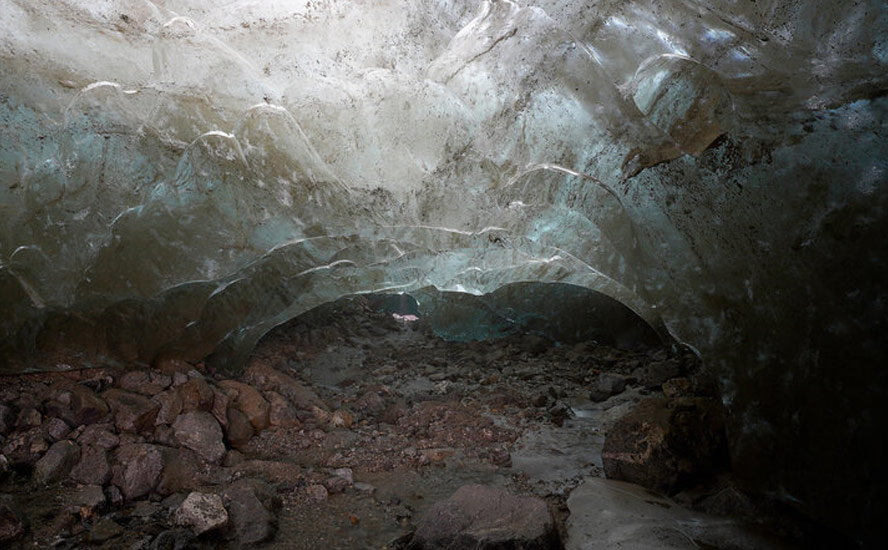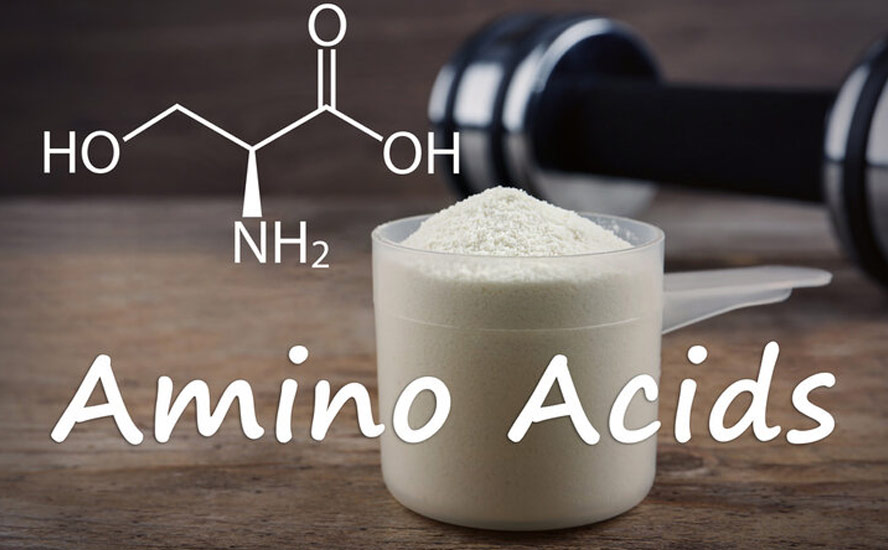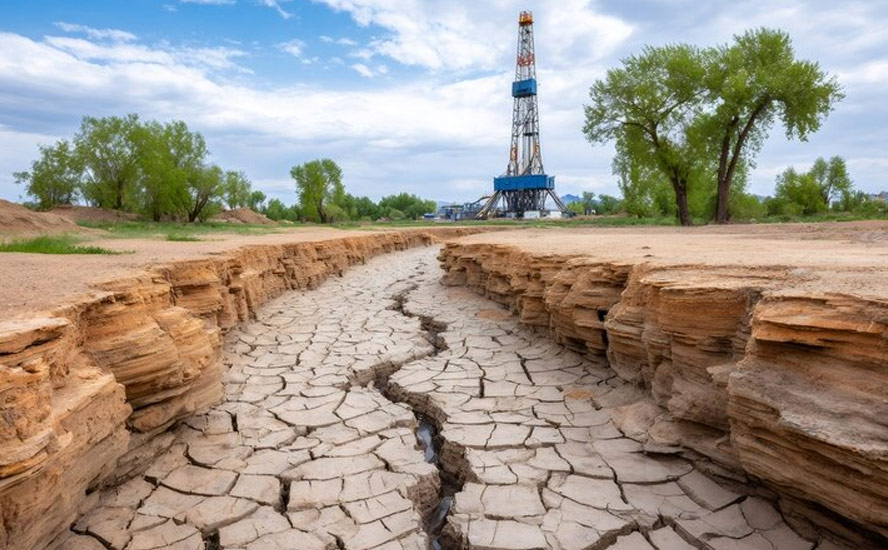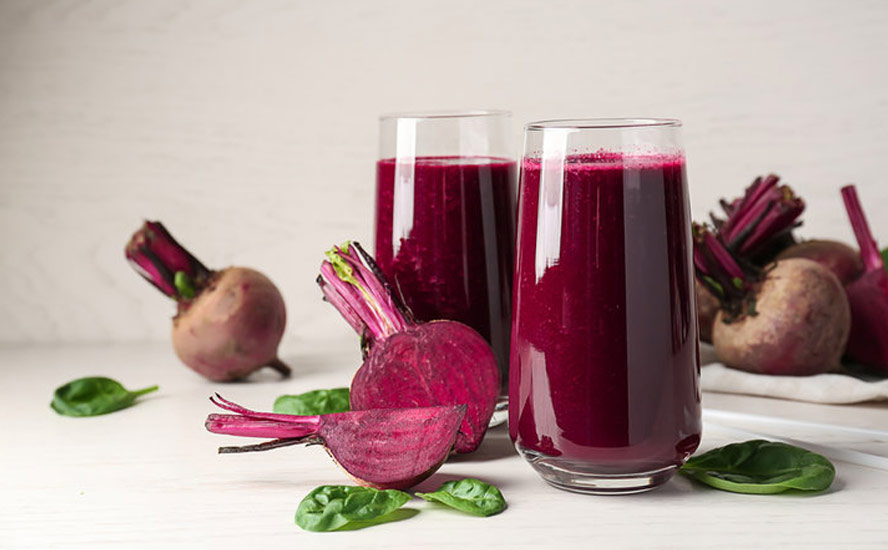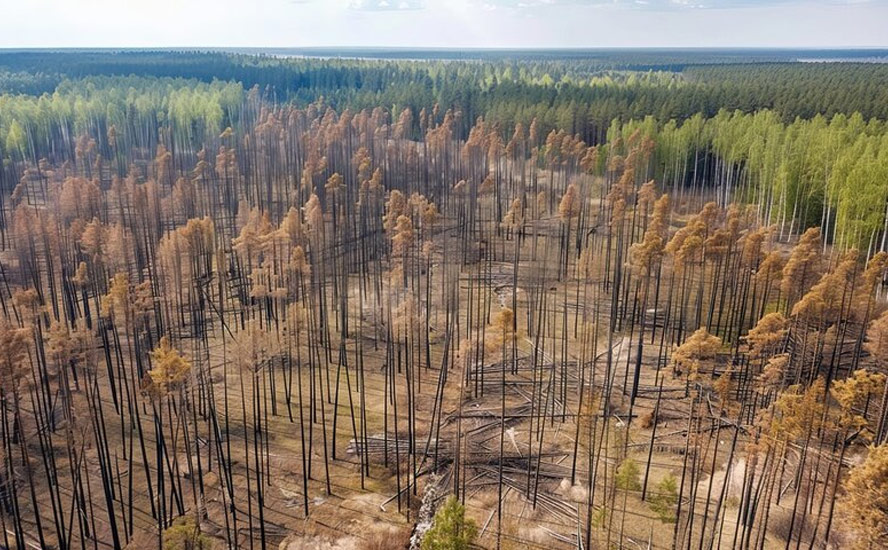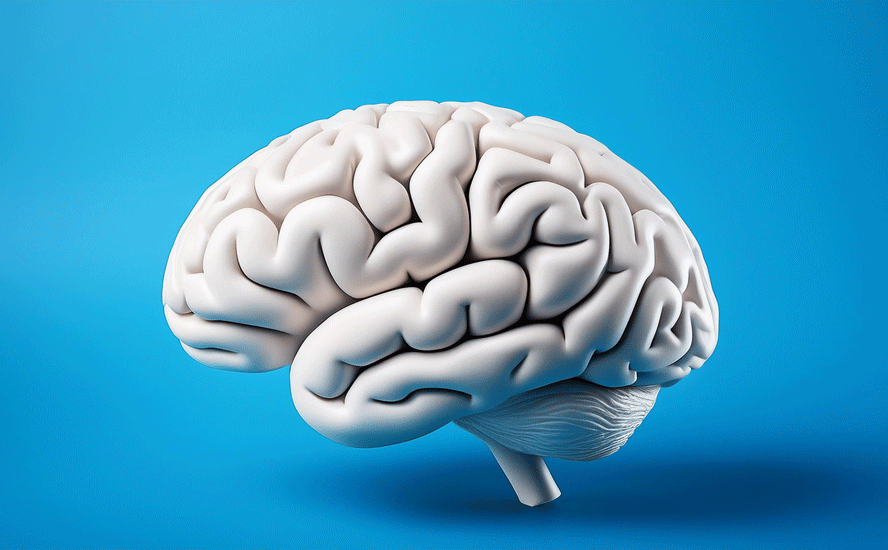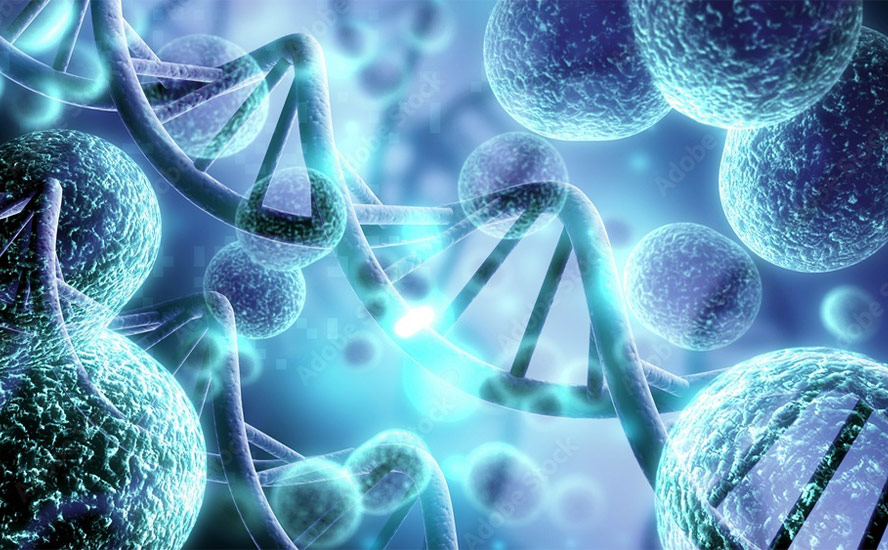Is the covid crisis good or bad for the environment?

2020.04.25
You may have read articles about how scrapped flights are clearing the skies of normally polluted cities. Or how busy, dirty waterways are suddenly clean and teeming with new life due to minimal boat traffic. Animals, too, are liking the covid-19 restrictions, and not just dogs, thrilled their stay-at-home owners are around for more walks. Wildlife, whose movements are normally restricted by human activity have been seen roaming city streets.
Emissions reductions and cleaner water owing to covid-19 are two obvious benefits of the global economy crashing to a sudden halt in March. Some are asking whether this silver lining in the covid cloud could effect permanent environmental change. The answer depends on how we move after the lockdowns are lifted. The Great Recession of 2008-09 does not provide a positive template, with emissions rebounding after the financial crisis ended.
There are also negative consequences of coronavirus restrictions, including a marked increase in medical waste, food waste, revived plastic bag use, and higher electricity usage from people shut in at home.
This article tackles the question: How has the coronavirus crisis affected the environment?
Air & water
Despite greater environmental awareness and transit use, vehicles continue to emit a toxic cloud of four air pollutants, caused by the burning of gasoline in the internal combustion engine. They are:
- Carbon monoxide, expelled when the carbon in fuel doesn’t burn completely. Breathing it is particularly harmful because it impairs the ability to move oxygen through the body
- Hydrocarbons, a compound of hydrogen and carbon
- Nitrous oxides, a product of burnt fuel, created when nitrogen reacts with oxygen
- Particulate matter, which consists of tiny soot particles that contribute to hazy skies and, when inhaled on a regular basis, can cause lung damage
Other health problems known to result from air pollution include asthma, heart disease, birth defects and eye irritation.
According to the Environmental Defense Fund, the transportation sector is responsible for a quarter of US greenhouse gas emissions. Passenger vehicles produce four times more greenhouse gases than all of domestic aviation.
The US used to be the world’s biggest contributor of carbon dioxide and other greenhouse gases, but in 2008 China took the ignoble top spot.
The Chinese government has taken steps to clamp down on air pollution and diversify into cleaner sectors. The country is a market leader in solar power, electric vehicles and the provision of new nuclear power. Gradually, coal-powered fired power plants are being phased out. While China and India still rely on the cheap fossil fuel, less coal plants are planned.
Yet air pollution in China and India is horrific. A 2018 story in the South China Morning Post reported toxic air chokes around US$38 billion off the Chinese economy each year, due to early deaths and lost food production. Smog-inducing ozone and fine particles are destroying about 20 million tonnes of rice, wheat, maize and soybeans.
Considering those grim figures, the Chinese must have been relieved to see Beijing close factories earlier this year and impose travel restrictions to curtail the spread of the coronavirus.
Starting with Wuhan, the virus epicenter, for over a month the Chinese government locked down an estimated 50 million people, turned stadiums and other facilities into mass quarantine centers, and built over a dozen temporary hospitals. Citizens were extensively monitored to ensure compliance.
The results of these measures were evident on daily television news: empty streets, airplane-free skies and widespread store closures.
The world’s worst polluter emitted 25% less carbon during a one-month period compared to a year ago, the equivalent of half the annual emissions from the United Kingdom, as people were instructed to stay at home, factories were shuttered and coal use fell by 40%.
The South China Morning Post reports a significant improvement in China’s air and water quality during the first three months of 2020. Limits on industry and travel upped the number of good air quality days by 11.5% compared with the same time last year in 337 cities across China.
Levels of PM2.5, the smallest and most harmful air pollution particles, dropped 18% between January 20 and April 4. The amount of nitrogen dioxide, a greenhouse gas that causes respiratory problems and cancer, was down 42%.
The country’s water quality was also much improved, shown by reduced phosphorous and ammonia chemicals.
Successful as quarantines and social distancing measures were in China, within a short time cases began showing up elsewhere, first in Japan and South Korea, then Iran. By mid-March the covid-19 outbreak had become a full-on pandemic, with southern Europe hit particularly hard.
Images from a European Space Agency satellite show the result of quarantines in France – a marked reduction in nitrogen dioxide concentration from air pollution during 10 days in March, compared to March of 2019.
Madrid, Spain saw a 56% drop in the levels of nitrous oxide, a product of burning fuel, with Paris, Milan, Brussels, Belgium and Frankfurt experiencing similar reductions. In New York State, the US epicenter of covid-19, measures to contain the virus have cut air pollution in half.
The contagion rolled into the United States in March and quickly began to multiply. President Trump’s first action was to ban non-American passengers from flying to the United States from China. As the number of US cases escalated, more routes were scrapped. By the second week of April, Vox reported scheduled flights in the US were down 58% compared to last year. Many planes are flying out practically empty, carrying passenger loads of 5 to 15%. Globally, nearly eight in 10 flights have been canceled. Covid-19 has turned most airports into ghost towns, as the public shuns air travel and passenger airlines park their aircraft on deserted runways.
Combine stay at home orders with land/ air/ sea travel bans, add in factory closures and the fact that demand for oil has fallen off a cliff with economies locked down, and you get global carbon output potentially falling more than 5% this year – the first dip since the 1.4% reduction following the 2008 financial crisis.
However, scientists expect any drop in pollution and carbon dioxide levels from covid-19 slowdowns is expected to be temporary, and unlikely to have much of an impact on the climate.
“While in the short term, carbon dioxide emissions would go down as cars stay put and aircraft remain on the ground, “we expect the impact will be fairly short-lived,” Rfi quotes Peter Riishojgaard, from the infrastructure department of the World Meteorological Organization in Geneva. He adds:
“The pandemic will be over at some point and the world will start going back to work and with that, the CO2 emissions will pick up again, maybe or maybe not to quite the same level.”
Appropriately named Tom Green, from the David Suzuki Foundation, is equally pessimistic. He notes that even if the pandemic results in emission cuts of 6 or 7%, levels would still be higher than any year before 2010. And for the globe to meet the target set at the 2015 Paris Agreement, of keeping temperatures rising to no more than 2 degrees Celsius, would require a 6-7% drop in pollution levels every year. (in other words, we might have a chance of meeting that target if the global recession /depression the world finds itself in because of covid-19 continues indefinitely…)
China responded to the 2008 financial crisis with a stimulus program requiring millions of barrels of oil and steady shipments of coal, iron ore, steel and other industrial metals, to fuel its booming economy.
“It meant that for the following three years there was rapid growth in CO2 emissions, and we can now say with quite a bit of certainty that the overall impact was to nudge China on a more carbon-intensive, fossil fuel-intensive economy path,” said Lauri Myllyvirta, lead analyst at the Centre for Research on Energy and Clean Air, based in Finland.
With countries still in the throes of the pandemic, it’s obviously too early to say whether present environmental gains will be wiped out when restrictions are lifted and economic growth resumes. NBC News reports the European Union has begun a consultation on tightening its carbon reduction targets by 2030. By contrast, the Trump administration has signaled it has every intention of cutting US carbon-emitting industries a break:
Last week, the Environmental Protection Agency confirmed that the Trump administration had relaxed enforcement of regulations to help polluting industries deal with the pandemic. Gina McCarthy, who directed the EPA in the administration of President Barack Obama, called the announcement “a license to pollute.”…
Likewise, the crisis has been a boon for the auto industry, with the Trump administration seizing the moment to fulfill a campaign promise to weaken Obama-era emissions standards. Automakers in the EU are also lobbying for a delay in tightening emissions restrictions because of the crisis. And in China, plans for tougher standards look likely to be delayed to help struggling automakers.
Airlines including Delta and JetBlue started off the year promising carbon offsets amid a growing culture of “flight shaming.” The airline industry is also lobbying for government bailouts and regulation relief.
Air pollution linked to far higher Covid-19 death rates, study finds
Vancouver experiences reduced air pollution amid COVID-19 pandemic
Note that the $2.2 trillion economic stimulus package includes $25 billion for distressed airlines. Trump has also indicated he will try to bail out the oil and gas industry, which has been hit with dual shocks of plummeting demand and a supply glut. Oil futures on Monday traded as low as -$40 a barrel.
In Canada, Prime Minister Trudeau was criticized for announcing CAD$1.7 billion in aid to the oil and gas industry, to be used for cleaning up orphan wells. Many feel taxpayers shouldn’t be footing the bill for environmental problems the oil patch is responsible for.
Waste
Increased plastic bag usage is another reason to feel less warm and fuzzy about how covid-19 restrictions are supposedly helping the planet. Here in British Columbia it took a long time for people to ditch plastic bags and bring their own re-usable shopping bags. With covid still a serious public health threat, grocery chains and liquor stores, which recently did away with them, have welcomed back the plastic, seen to be safer and more sanitary than reusable alternatives.
Same in the US, where plastic bag restrictions across the country have been lifted, and recently introduced bans delayed, like in New York and Maine.
If and when things return to some semblance of normal, will states and provinces go back to plastic bag bans, or will they be pressured by the plastics industry, and maybe health officials, to keep them, setting the zero-waste movement back years?
Plastic, of course, isn’t the only type of waste being generated by the pandemic. Garbage contaminated with bodily fluids or other infectious materials has become an issue, not only for hospitals seeing a surge of covid-19 patients, but for people recovering at home.
All those used masks, gloves and other pieces of PPE must be safely disposed of. Trash from medical facilities is typically burned, sterilized with steam or chemically disinfected.
The Verge reports There’s already been an uptick of garbage from personal protective equipment in the US, according to medical waste company Stericycle, which handled 1.8 billion pounds of medical waste globally in 2018. And some things that aren’t usually considered medical waste, like food, now need to be handled more carefully after coming in contact with a COVID-19 patient.
The fact that a lot of people with or without symptoms could be throwing out garbage that has traces of the virus is worrying for sanitation workers, especially since covid-19 has been proven to live on cardboard for up to a day, or longer on metal and plastic. About 467,000 workers are thought to be at risk.
And then there’s food waste, accumulating by the truckload from farmers unable to sell their produce because restaurant chains and other high-volume buyers have closed their doors and are waiting out covid-19.
Billions of dollars worth of food is going to waste as growers and producers from California to Florida are facing a massive surplus of highly perishable items.
As US food banks handle record demand and grocery stores struggle to keep shelves stocked, farmers are dumping fresh milk and plowing vegetables back into the dirt as the shutdown of the food service industry has scrambled the supply chain. Roughly half the food grown in the US was previously destined for restaurants, schools, stadiums, theme parks and cruise ships.
Another problem: with the supply of fresh produce outpacing demand, the cost to pick and pack certain fruits and vegetables is higher than the market price. Those crops will likely be left to wither on the vine. Social distancing protocols have slowed harvesting, adding to growers’ challenges.
Electricity usage
Pollution may be down from less cars on the roads, but electricity use probably isn’t. Being confined at home for most of the day means higher demands on basic heat and lighting, and electronics, especially computers and televisions.
A report last year found that streaming a half-hour show generates about 1.6 kilograms of carbon dioxide emissions, the same as driving 6.3 km. A more current study found that viewers streamed Season 3 of Netflix series ‘Stranger Things’ 64 million times, resulted in 189 million kg of CO2, the equivalent of driving 675,000,000 km.
Preliminary figures reported by Forbes show covid-19 lockdowns have cranked up Internet hits from between 50 and 70%, while streaming has jumped at least 12%.
Wildlife
In an earlier article we wrote that over the past 40 years, the number of wild animals living on earth has been cut in half. Among the most hard-hit species are forest elephants in central Africa, where deaths by poachers now exceed birth rates, the Hoolock gibbon in Bangladesh, the European meadow and asp vipers, grey partridges in the UK and curlew sandpipers in Australia.
Marine populations have also suffered badly, with sea-based creatures crashing by 40%. The number of turtles has fallen by 80%, due to the destruction of nesting grounds and drowning in fishing nets. Scientists blame the destruction of wild habitat on farming, logging and development, for what is seen as the sixth mass extinction of life to occur on our 4 billion-year-old planet.
One positive outcome of covid-19 would be to shine a spotlight on the exotic animal trade. It’s been widely speculated that a Wuhan “wet market” selling live and dead animals, where the meat is butchered on site, was the source of the first case of coronavirus.
The consensus seems to be that it originated in bats, then mutated into a form allowing it to cross from animals to humans, possibly through an intermediary species, the pangolin. Other animals that are hunted and sold for their meat, horns and organs, include rhinoceros, elephants, crocodiles, tigers and turtles.
The New York post recently reported that lawmakers in China and Vietnam, under global pressure to reign in this black market, have decided to place a ban on the consumption of wild animals.
Meanwhile the Australian government is calling for G20 countries to take action on wet markets, if not a ban then a phase-out. According to the BBC,
Conservation experts say the coronavirus pandemic, which likely originated at a market selling wild animals in China, is a watershed moment for curbing the global wildlife trade, which can drive extinction and spread disease.
Conclusion
The covid-19 pandemic has certainly had a lot of bad outcomes. As of this writing, the respiratory illness has killed nearly 200,000 worldwide and infected over 2.8 million, still with no drug treatments or a vaccine in sight. Millions of blue and white-collar workers have lost their jobs, major economies are on life support, governments are going deep in debt, consumer spending has dried up, and oil prices – a key determinant of economic activity – are so low that sellers are paying buyers to take their shipments.
Amid all the sickness, death and financial misery, one glimmer of hope is our beleaguered environment. As we all hunker down in our homes and ride out the virus, the earth is being given a much-needed break. Social distancing, travel restrictions and continued lockdowns have zapped carbon emissions to the point where, if the situation stayed the same, that is to say, the global recession/ depression were to continue, we could actually meet the targets agreed to at the 2015 Climate Change Conference.
Of course that’s not going to happen – referring to the recession continuing. Governments are doing their best to re-start economies, some, ie. the United States, are rolling the dice by lifting restrictions well before they “flatten the curve”, risking a second wave of infections that would hamper even a partial re-opening.
When things do start getting back to normal, businesses are going to hit the ground running, eager to make up for lost time and revenue. Few will be thinking about how to keep greenhouse gas emissions low. Within a year or two, carbon output will match pre-coronavirus levels.
In addition, there will be other negative environmental impacts to deal with, such as an uptick in the amount of plastic waste clogging landfills and waterways.
The best advice we can give regarding the cleaner air and water everyone wants to experience all the time is, enjoy it while it lasts.
Richard (Rick) Mills
subscribe to my free newsletter
aheadoftheherd.com
Ahead of the Herd Twitter
Legal Notice / Disclaimer
Ahead of the Herd newsletter, aheadoftheherd.com, hereafter known as AOTH.
Please read the entire Disclaimer carefully before you use this website or read the newsletter. If you do not agree to all the AOTH/Richard Mills Disclaimer, do not access/read this website/newsletter/article, or any of its pages. By reading/using this AOTH/Richard Mills website/newsletter/article, and whether or not you actually read this Disclaimer, you are deemed to have accepted it.
Any AOTH/Richard Mills document is not, and should not be, construed as an offer to sell or the solicitation of an offer to purchase or subscribe for any investment.
AOTH/Richard Mills has based this document on information obtained from sources he believes to be reliable but which has not been independently verified. AOTH/Richard Mills makes no guarantee, representation or warranty and accepts no responsibility or liability as to its accuracy or completeness. Expressions of opinion are those of AOTH/Richard Mills only and are subject to change without notice. AOTH/Richard Mills assumes no warranty, liability or guarantee for the current relevance, correctness or completeness of any information provided within this Report and will not be held liable for the consequence of reliance upon any opinion or statement contained herein or any omission. Furthermore, AOTH/Richard Mills assumes no liability for any direct or indirect loss or damage or, in particular, for lost profit, which you may incur as a result of the use and existence of the information provided within this AOTH/Richard Mills Report.
AOTH/Richard Mills is not a registered broker/financial advisor and does not hold any licenses. These are solely personal thoughts and opinions about finance and/or investments – no information posted on this site is to be considered investment advice or a recommendation to do anything involving finance or money aside from performing your own due diligence and consulting with your personal registered broker/financial advisor. You agree that by reading AOTH/Richard Mills articles, you are acting at your OWN RISK. In no event should AOTH/Richard Mills liable for any direct or indirect trading losses caused by any information contained in AOTH/Richard Mills articles. Information in AOTH/Richard Mills articles is not an offer to sell or a solicitation of an offer to buy any security. AOTH/Richard Mills is not suggesting the transacting of any financial instruments but does suggest consulting your own registered broker/financial advisor with regards to any such transactions
Legal Notice / Disclaimer
Ahead of the Herd newsletter, aheadoftheherd.com, hereafter known as AOTH.Please read the entire Disclaimer carefully before you use this website or read the newsletter. If you do not agree to all the AOTH/Richard Mills Disclaimer, do not access/read this website/newsletter/article, or any of its pages. By reading/using this AOTH/Richard Mills website/newsletter/article, and whether you actually read this Disclaimer, you are deemed to have accepted it.
